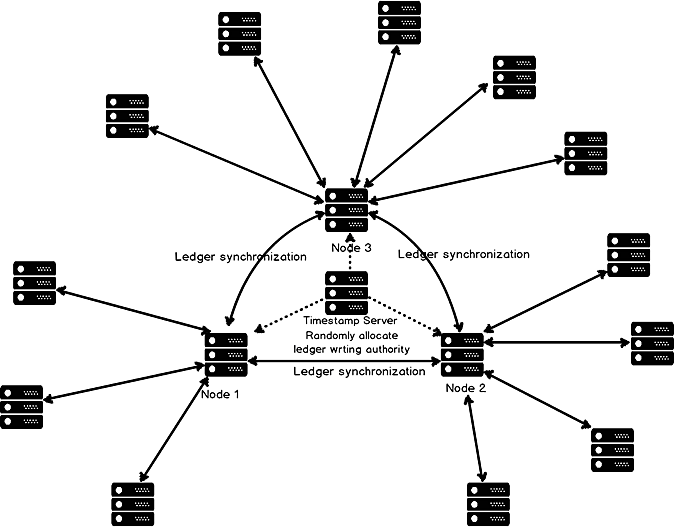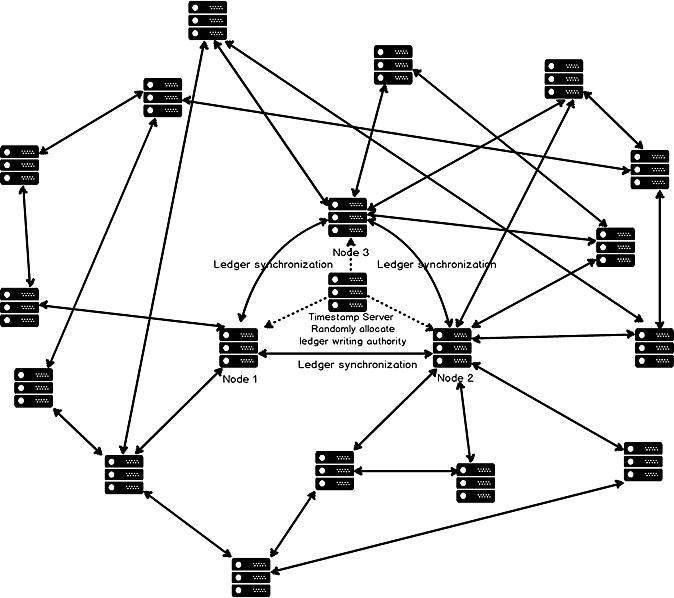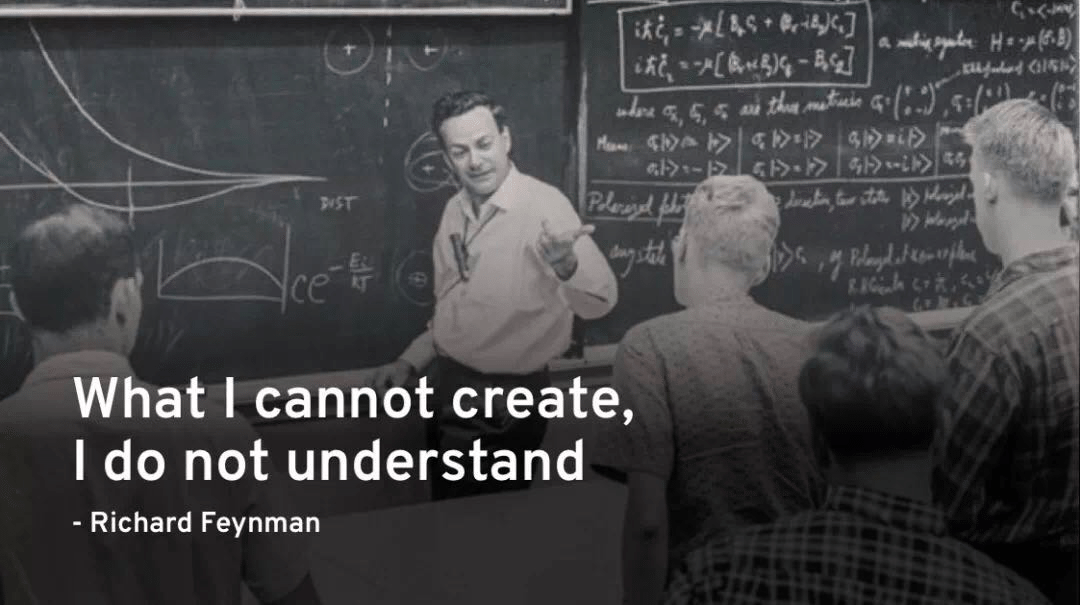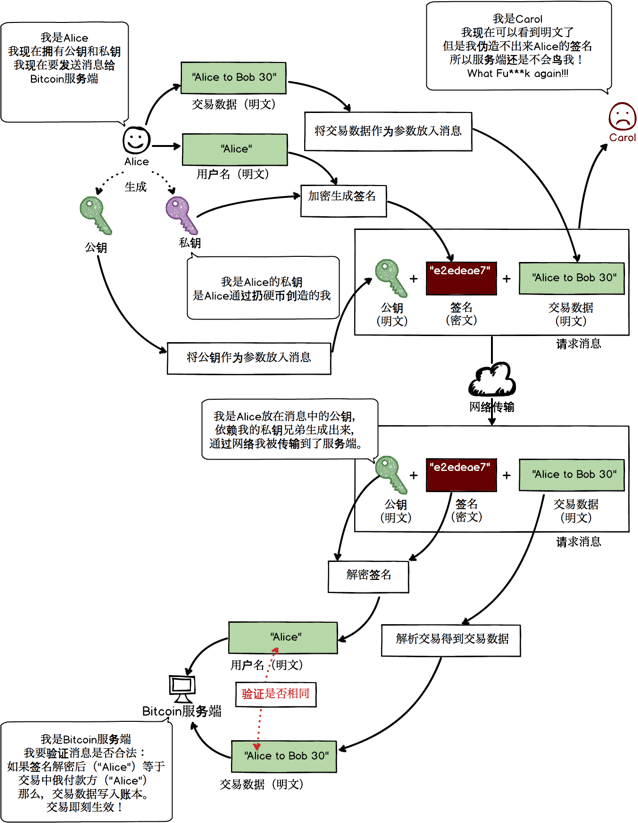Recreating Bitcoin 16:Block chain
Epilogue
Bitcoin in its peer-to-peer architecture has realized the synchronization of transactions and ledger. Although the synchronization of the ledger still relied on a centralized Timestamp Server, we will leave it for now and shift focus to a new idea Gilfoyle just came up with: the dissection of the ledger.
“Out-of-Control” Improvisation
Gilfoyle was waiting for Satoshi when he came into the store. Before he even sat down, Satoshi started talking to Gilfoyle, “Come on, let’s continue to discuss the idea of dissecting the ledger you mentioned yesterday.”
“Well, wait for me to have a cup of coffee.”
Boss Bob brought the coffee over: “Recently, you two brothers have been drinking coffee quite a bit. Got inspiration? Hurry up and upgrade, let Bitcoin go online soon!”
Satoshi said: “Ok, we are working hard! It is almost done!”
Although he said that it was almost finished, he...











